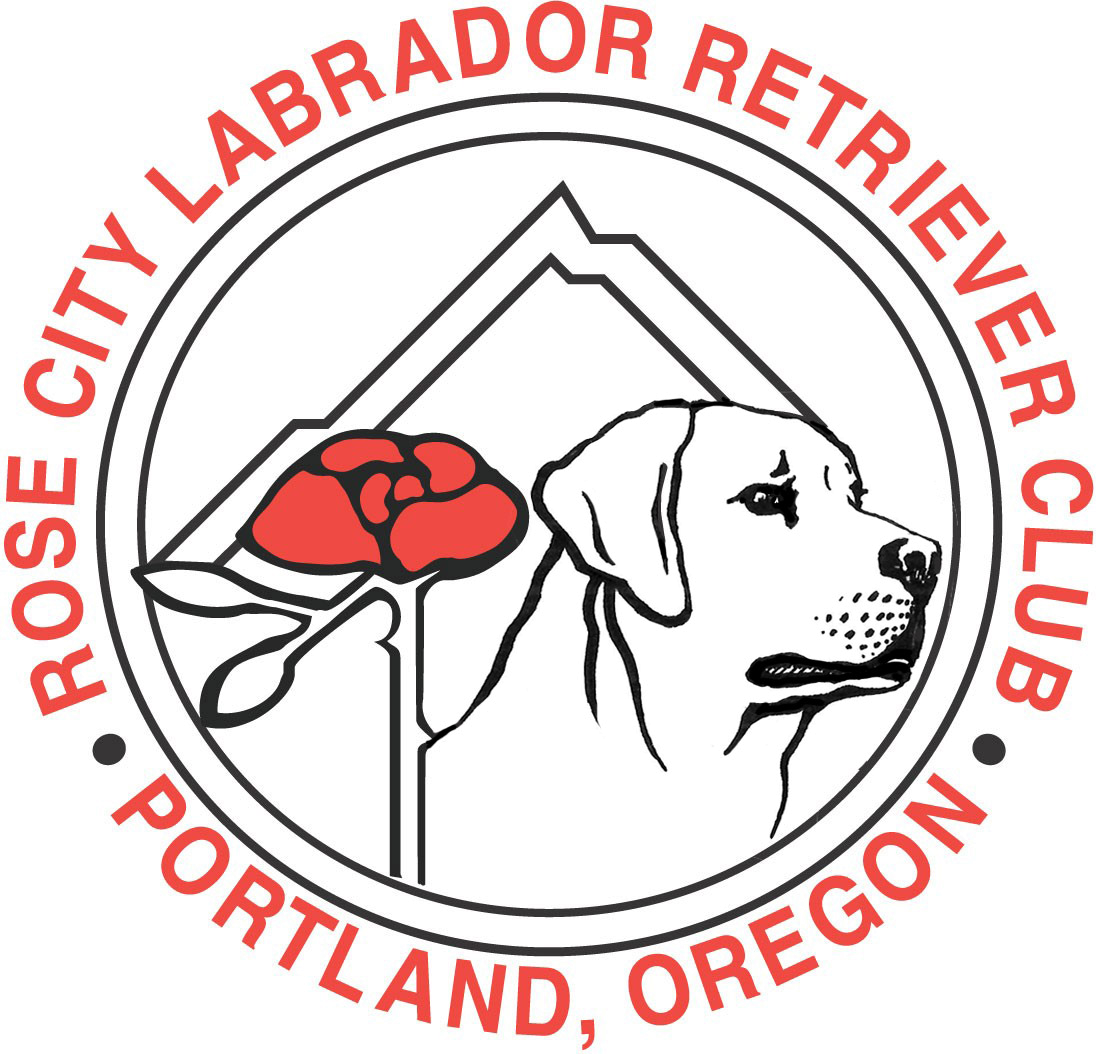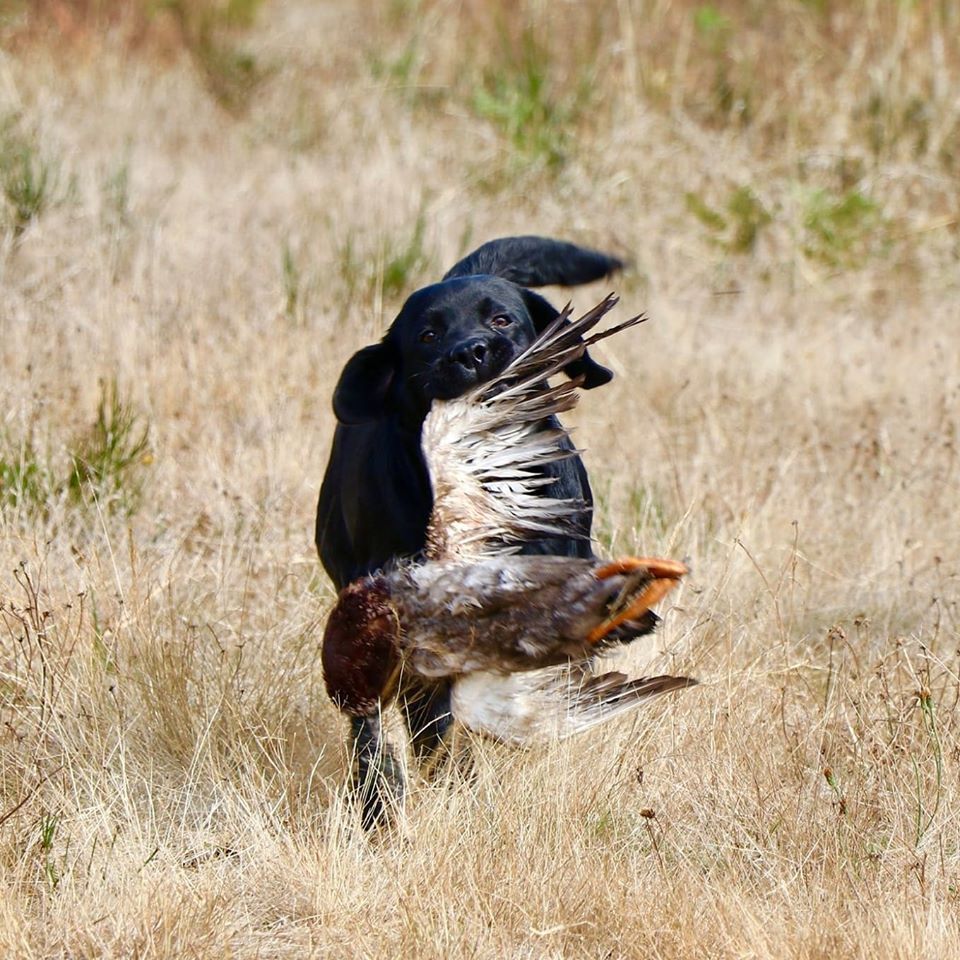About the Labrador Retriever
To help educate those considering this lovable breed, AKC offers an excellent overview. It covers breed-specific information from history, traits, and characteristics to what to expect for care. See AKC Labrador Retriever Breed Information.
Our parent club, the
Labrador Retriever Club, Inc. offers valuable resources to breeders and owners including the
Labrador Breed Standard and
Illustrated Breed Standard. The following is the breed standard as approved on
February 12, 1994, effective March 31, 1994.
Breed Standard
General breed appearance
The Labrador Retriever is a strongly built, medium-sized, short-coupled, dog possessing a sound, athletic, well-balanced conformation that enables it to function as a retrieving gun dog; the substance and soundness to hunt waterfowl or upland game for long hours under difficult conditions; the character and quality to win in the show ring; and the temperament to be a family companion.
Physical features and mental characteristics should denote a dog bred to perform as an efficient Retriever of the game with a stable temperament suitable for a variety of pursuits beyond the hunting environment. The most distinguishing characteristics of the Labrador Retriever are its short, dense, weather-resistant coat; an “otter” tail; a clean-cut head with a broad back skull and moderate stop; powerful jaws; and its “kind” friendly eyes, expressing character, intelligence and good temperament.
Above all, a Labrador Retriever must be well-balanced, enabling it to move in the show ring or work in the field with little or no effort. The typical Labrador possesses style and quality without over refinement, and substance without lumber or cloddiness. The Labrador is bred primarily as a working gun dog; structure and soundness are of great importance.
Breed specifics
What Labradors are not—a designer dog!
A designer dog is not a purebred dog and definitely not a Labrador Retriever. The RCLRC supports the "Only 3 Colors" effort of the Labrador Retriever Club, Inc. to inform potential buyers about the misrepresentation of the silver Labrador, see The Issue of the Silver Labrador. There are more designer dog spin-offs like miniature Labradors, Labradoodles, and pointing Labrador Retrievers that threaten the preservation of the breed. To understand why, visit the Labrador Retriever Club, Inc. Designer Dogs where they discuss the issues. Also, read this insightful article by the well-recognized Poodle breeder, handler, and AKC judge, Anne Rogers Clark on Labradoodles.
Care and training for new owners
Still deciding whether a Labrador is right for you, take a look at our Find a Lab page. It includes resources on what to expect from this breed, how to find a responsible breeder and a list of club members raising litters.
Once you have your puppy, learn about what care and training are important during its first year of life, AKC How to Train a Labrador Retriever Puppy: Milestone Timeline.
Get into some fun dog-friendly activities together. Dog sports are one of the best ways to deeply bond with your dog. So many types to choose from—rally, obedience, agility, conformation, barn hunt, tracking, flyball, and dock diving. Pick one that fits you and your dog's skills. See AKC Get Started in Dog Sports and Events.
Therapy dogs lend comfort and affection to people at hospitals, nursing homes, schools, libraries, and in disasters. To learn if your dog is suited for therapy work start with AKC How to Train a Therapy Dog.
The LRC Working Certificate program provides a great way for you to experience and develop an appreciation for the natural working ability of your dog. Field test evaluates your dog's willingness to retrieve on land and water. Watch to learn more about the Work Certificate Test.
AKC Retriever Hunting Tests introduce you to a retrieving sport that helps you train your dog to be a great hunting companion. Hunt test evaluates your dog's learned retrieving abilities—steadiness, control, response, and delivery.
Health concerns
Though the Labrador Retriever is a healthy breed overall, the Labrador Retriever Club, Inc. recommends reputable breeders to screen for several hereditary conditions, such as hip and elbow dysplasia, cardiac and eye disease, centronuclear myopathy, and dilute coat color. For the complete list, see the Recommended Health Clearances for the Labrador Retriever.
The Orthopedic Foundation for Animals (OFA) provides a brief description of each of the following health conditions along with screening procedures and the interpretation of results.
More health-related resources from AKC:
- This article explains what exercise-induced collapse (EIC) is and how to support future research, AKC Canine Health Foundation Funded Research Helps Labrador Retriever Breeders Manage a Devastating Disease (Jul 20, 2020).
- Progressive rod-cone degradation, a form of late-onset progressive retinal atrophy(prcd-PRA) is an inherited disease in Labrador Retrievers. Learn about Progressive Retinal Atrophy (PRA) in Dogs: What to Know (Oct 20, 2022).
- Labrador Retrievers are at an increased risk of canine parvovirus (parvo). Understand how to protect against parvo, What Every Puppy Owner Needs to Know About Parvo in Puppies (Aug 24, 2022)
- Read FDA's findings on dog food linked to canine dilated cardiomyopathy (DCM), What Dog Owners Need to Know About the FDA's Grain-free Diet Alert and DCM (Apr 27, 2020).
- Ear infections can be a common problem for Labrador Retrievers. For prevention tips, read Dog Ear Infections: Symptoms, Causes, Treatment, and Prevention (Dec 14, 2021).
- Obesity, particularly in older dogs can lead to serious health problems. Learn about
Dog Obesity: Why It’s Important To Manage Your Dog’s Weight (Jun 4, 2021).



